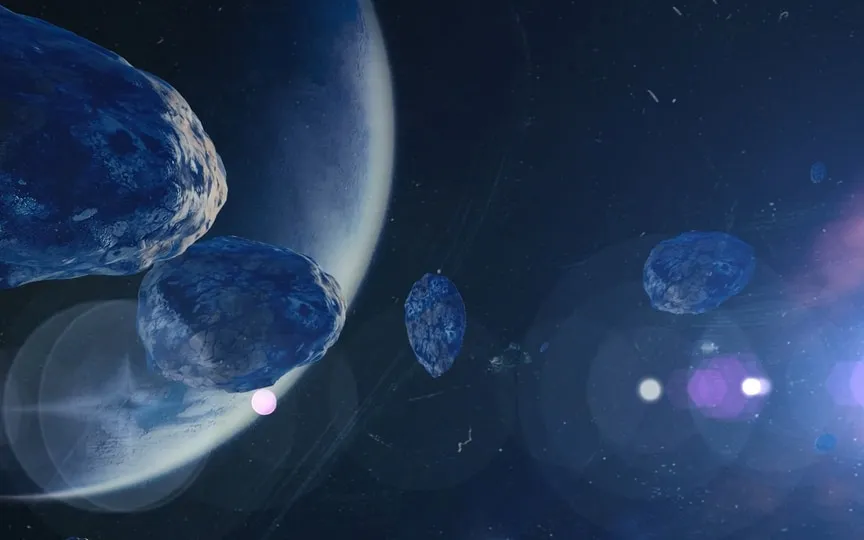NASA reveals details of 130-foot asteroid passing Earth today; Find out its speed, size, and more
In recent weeks, Earth has witnessed numerous occurrences of asteroids coming close to our planet. Yesterday, a 45 feet wide asteroid passed by at a distance of roughly 3 million kilometers. To address the potential risks associated with these near misses, space agencies like NASA and ESA have devised advanced technology to monitor the paths of these celestial objects and potentially divert them if a collision threat arises. Leveraging its technological capabilities, NASA has now provided insights into an asteroid that is anticipated to pass by Earth today, January 23. Discover more about this imminent encounter.
Asteroid 2021 BL3: Speed, Size, Distance and More
According to data from NASA’s CNEOS (Center for Near-Earth Object Studies), the asteroid has been named Asteroid 2021 BL3. Asteroid 2021 BL3 is expected to pass Earth at a distance of about 6.6 million kilometers today. It is already orbiting Earth at a speed of 84,220 kilometers per hour, which is even faster than most space shuttles!
This space rock belongs to the Apollo group of Near-Earth Asteroids, which are space rocks that pass through the Earth and whose semi-major axes are larger than the Earth’s axis. These asteroids are named after the huge 1862 Apollo asteroid discovered by German astronomer Karl Reinmuth in the 1930s.
According to NASA, this is not the first time asteroid 2021 BL3 has come close to Earth. It passed the planet for the first time on February 17, 1979 at a distance of about 74 million kilometers. After today, it will pass the planet at a distance of 24 million kilometers on January 20, 2027.
How big is it?
Asteroid 2021 BL3 is almost the size of a massive airplane, measuring nearly 130 feet across! However, it has been considered non-threatening and has not been classified as a potentially hazardous object, meaning it poses no danger to Earth.
Also read today’s other top stories:
Are you worried about AI taking your job? Artificial intelligence cannot currently replace the majority of jobs in cost-effective ways, says a study that sought to address fears of artificial intelligence replacing humans in several industries. Find out what that really means here.
Towards safer artificial intelligence! After nuclear fission, no technology will shape our collective future quite like AI, so it is paramount that AI systems are safe, secure, reliable and socially responsible. Dive here.
Did AI really boost Microsoft? Was there a revolution? AI functionality, even really good AI functionality, is not a silver bullet that can turn around an ailing product. Check out the reality here.




